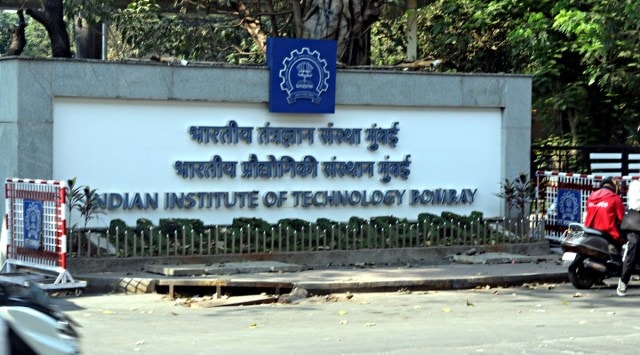Malabar Hill Reservoir: IIT-B recommends construction of new water supply facility
At present, Mumbai overall has a demand of 4,200 MLD of water. However the BMC is able to supply 3,850 MLD only.
 The IIT had recommended to use the reservoir till the time an alternative reservoir is created since demolishing it right away would harm the daily water supply. (Express Archives)
The IIT had recommended to use the reservoir till the time an alternative reservoir is created since demolishing it right away would harm the daily water supply. (Express Archives) Even though the Brihanmumbai Municipal Corporation (BMC) has kept its plan of reconstructing the Malabar Hill Reservoir on hold, following resistance from local residence, the civic body’s internal report shows that the Indian Institute of Technology-Bombay has recommended constructing a new water supply facility to maintain uninterrupted water supply.
Built in 1887, the Malabar Hill Reservoir is one of the first artificial water reservoirs that was built to meet the regular water requirements of the island city. The reservoir is located underneath the surface of the Kamala Nehru Park (Hanging Gardens) situated at Malabar Hill and has a capacity of supplying 150 million litres per day (MLD). The Malabar Hill is one of the highest locations of Mumbai and the key idea of having this reservoir at such an elevated height is to augment the force of water through natural gravitational force.
The civic body’s document states that considering the structure of the reservoir surpassed 130 years, a structural audit was carried out in 2017 which was assessed by IIT-Bombay.
“The floor of the structure is deteriorated and therefore needs refurbishing. It should be noted that lateral load analysis may add tension in the masonry and may make the structure vulnerable. The vertical masonry columns which take up unbalanced lateral loads of the arch barrel may induce tension in the masonry,” the BMC’s structural report states.
After the report was prepared, a recommendation from IIT-Bombay was also sought by the civic body, based on the findings of the report.
“It is very difficult for the structural engineer to certify the safety and stability of such a structure for a given duration after the expiry of service life (70-100 years of use) with limited observations to quantify the degradation. The structural consultant has recommended reconstruction. However, it is not easy to reconstruct without the disruption of service,” the IIT’s suggestion read.
“Being an old masonry structure, reconstruction in phased manner is not feasible, considering chances of sequential collapse of the arch roof and thereby disruption of water supply to the entire south Mumbai for an indefinite period as there is no alternative arrangement for the water supply,” said IIT’s statement.
The IIT had also recommended to use the reservoir till the time an alternative reservoir is created since demolishing it right away would harm the daily water supply.
“Existing reservoir was further investigated by using expert divers to assess the condition for demolition in phases. The report was examined by the three external independent expert agencies namely IIT-Bombay, VJTI and the empanelled consultant. All three agencies suggested constructing alternative facilities having enough capacity to maintain uninterrupted supply prior to any demolition of existing reservoirs,” the BMC’s report stated.
Built in 1887, the Malabar Hill Reservoir is one of the first artificial water reservoirs that was built to meet the regular water requirements of the island city.
The Malabar Hill reservoir supplies water to the A, B, C and D wards of the Mumbai civic body, which covers the upscale areas like Nariman Point, Cuffe Parade, Churchgate, Colaba, Kalbadevi, Girgaon, Nepean Sea Road and the entire Malabar Hill neighbourhood. These areas used to house the maximum proportion of the entire city’s population during the 19th century, since the suburban belt didn’t become feasible for human habitation, back then.
However, with change in time and demography, the population of Mumbai has increased and BMC aims to increase the capacity of this tank to 190 MLD, to match up daily requirements of Mumbai.
At present, Mumbai overall has a demand of 4,200 MLD of water. However the BMC is able to supply 3,850 MLD only.







